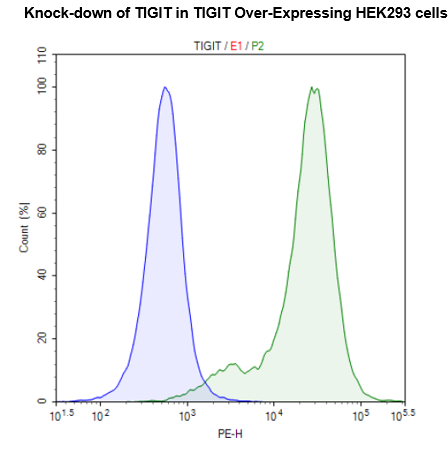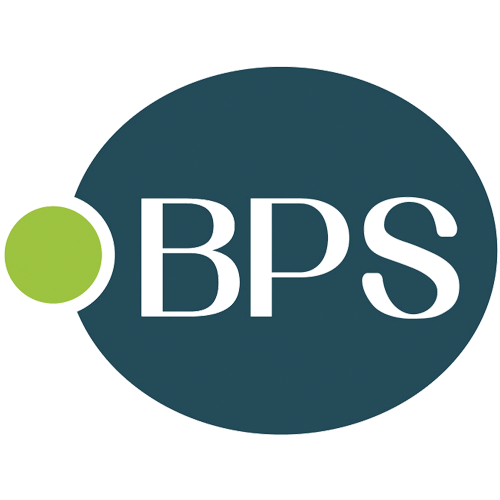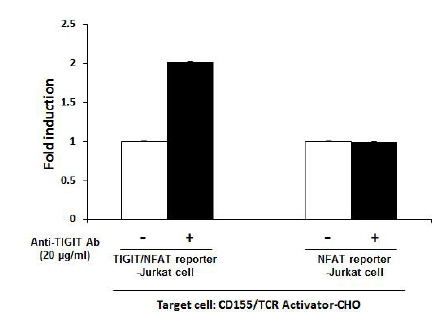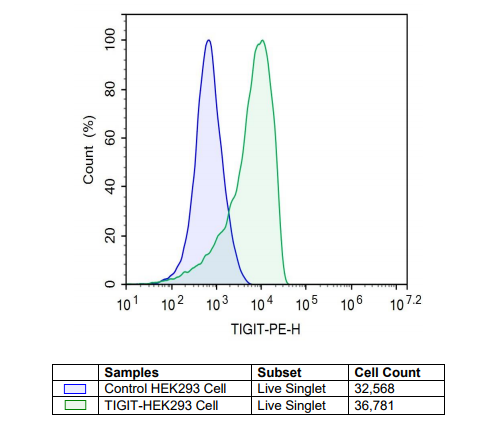
TIGIT CRISPR/Cas9 Lentivirus (Integrating)
78058
Product group Expression
Overview
- SupplierBPS Bioscience
- Product NameTIGIT CRISPR/Cas9 Lentivirus (Integrating)
- Delivery Days Customer7
- CertificationResearch Use Only
- Scientific DescriptionTIGIT (T-cell immunoreceptor with Ig and ITIM domains; VSTM3; VSIG9) is a co-inhibitory receptor that is highly expressed in Natural Killer (NK) cells and activated CD4+, CD8+, and regulatory T-cells. Interaction with the Poliovirus Receptor (PVR; CD155) on antigen presenting cells, such as dendritic cells, recruits either the Src homology (SH) domain-containing tyrosine phosphatases SHP1 and SHP2, or the Inositol phosphatase SHIP1 and SHIP2, to the TIGIT ITIM domain. This increases IL-10 release and suppresses NF-kappaB and NFAT T-cell receptor (TCR) signaling, which blocks T-cell proliferation and cytokine production. TIGIT also serves as a competitive inhibitor of CD226, a costimulatory receptor for CD155. TIGIT-targeting antibodies which block this T-cell intrinsic inhibitory effect have shown enhanced anti-tumor and anti-viral functions in preclinical studies. The TIGIT CRISPR Lentiviruses are replication incompetent, HIV-based VSV-G pseudo-typed lentiviral particles that are ready to be transduced into almost all types of mammalian cells, including primary and non-dividing cells. The particles contain a CRISPR/Cas9 gene driven by an EF1a promoter, along with 4 sgRNA (single guide RNA) targeting human TIGIT (GenBank Accession #NM_173799) driven by a U6 promoter. The integrating lentivirus integrates randomly into the cells genome to express both the Cas9 and sgRNA. Puromycin selection increases the knockout efficiency by forcing high expression levels of both Cas9 and the sgRNA, and can be used with the integrating lentivirus to quickly and easily achieve high knockdown efficiencies in a cell pool. Efficiencies also depend on the cell type and the gene of interest.
- Storage Instruction-80°C
- UNSPSC41106621





